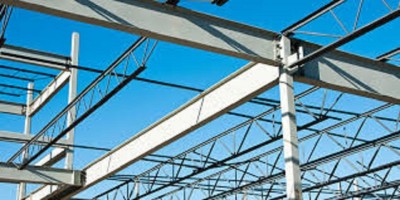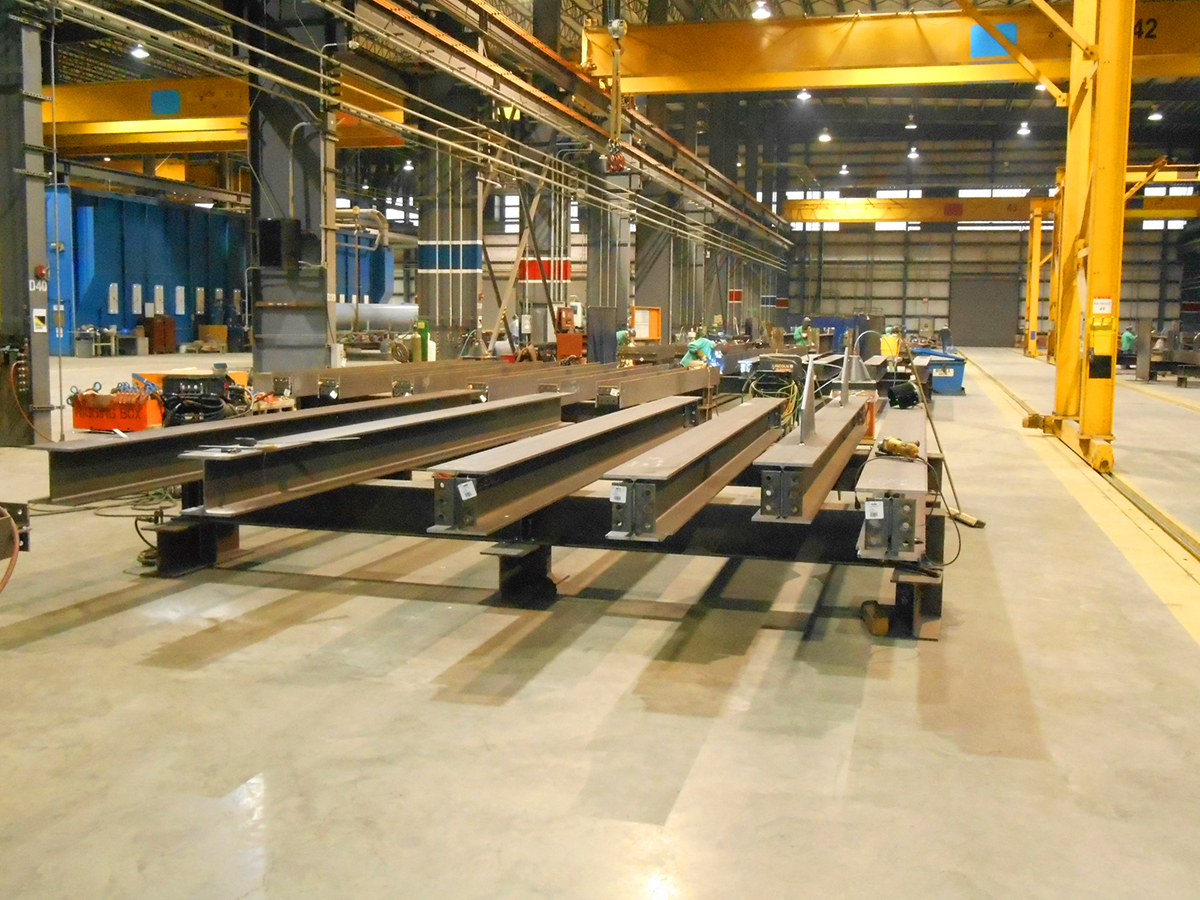Trustworthy Steel Fixing Solutions: Ensuring Architectural Integrity
Trustworthy Steel Fixing Solutions: Ensuring Architectural Integrity
Blog Article
The Ultimate Handbook on Custom-made Steel Fabrication Solutions for Structural Projects
In the realm of architectural projects, the relevance of personalized steel manufacture remedies can not be overemphasized. From the foundational understanding of steel construction essentials to the detailed process of picking the most suitable products, every step in this journey plays a critical duty in the utmost success of a job. As we browse through the intricacies of design factors to consider, fabrication procedures, and high quality control procedures, a thorough handbook works as a directing light for experts looking for excellence in steel construction solutions. Keep tuned to reveal the understandings that can transform the method structural tasks are come close to and performed.
Comprehending Personalized Steel Manufacture Basics
Looking into the fundamentals of customized steel fabrication provides understanding right into the complex process of transforming raw steel right into customized structural components. Custom steel manufacture is a customized production technique that involves cutting, shaping, and assembling steel products to produce distinct frameworks according to certain job requirements. Understanding the essentials of custom-made steel fabrication is crucial for making certain the effective execution of architectural jobs.
The process commonly begins with the assessment of job specifications and layout demands. This initial stage involves thorough planning and cooperation between designers, designers, and fabricators to identify one of the most suitable technique for fabricating the steel elements. Accuracy is essential throughout the fabrication process, as also minor variances can influence the structural stability of the final item.
Numerous techniques, such as reducing, welding, and shaping, are used to transform raw steel into the wanted structural aspects. Skilled producers use innovative machinery and tools to make sure precision and consistency throughout the construction procedure. Quality assurance measures are executed to confirm the honesty of the made components before they are set up on-site, making certain compliance with industry standards and job specs.
Picking the Right Steel Products

Most importantly, the kind of architectural job and its specific needs play a critical duty in determining one of the most appropriate steel materials. Variables such as the load-bearing capability, environmental problems, and preferred lifespan of the framework will determine the grade and type of steel that need to be utilized.
Moreover, the physical properties of the steel, consisting of strength, ductility, and weldability, need to align with the job's requirements to assure ideal efficiency and resilience (Alpha reo). Furthermore, considerations such as corrosion resistance, cost-effectiveness, and schedule of the steel products ought to also be taken into account throughout the option process
Style Factors To Consider for Structural Jobs
Architectural tasks require precise attention to develop considerations to guarantee both capability and safety and security are focused on throughout the construction procedure. Several crucial factors must be taken into account to guarantee the success of the venture when it comes to creating architectural tasks. The architectural integrity of the building have to be a top priority. This involves assessing loads, tensions, and environmental aspects to figure out one of the most ideal layout that can hold up against numerous problems with time. In addition, factors to consider for the capability of the framework play a crucial role in the design procedure. Recognizing the objective of the structure and exactly how it will be used helps in creating a layout that makes the most of efficiency and usability. Moreover, including components that improve the aesthetic appeals of the structure can further boost the total style. Balancing safety, capability, and looks is important in developing successful architectural jobs that fulfill both visual and sensible demands. By meticulously thinking about these facets during the layout phase, architects and designers can ensure the structural task's success from conception to completion.
Improving Construction Procedures for Effectiveness

Furthermore, implementing lean manufacturing principles can considerably boost performance in steel fabrication. look these up By lessening waste, optimizing workflow, and boosting communication in between various teams included in the fabrication process, jobs can be completed extra promptly and with higher top quality standards.
Furthermore, developing an efficient manufacturing schedule and operations can help in focusing on tasks, appointing resources efficiently, and conference job due dates quickly. By having a clear strategy in place and regularly keeping an eye on progress, any type of possible traffic jams or hold-ups can be recognized and addressed quickly, guaranteeing smooth and efficient construction processes for structural projects.
Quality Assurance and Job Administration in Steel Construction
To make sure the effective implementation of steel manufacture tasks, precise quality assurance steps and effective job administration techniques are crucial parts in keeping precision and meeting client expectations. Quality control in steel manufacture includes strenuous inspections at various stages of the manufacture procedure to confirm compliance with task specifications and market standards. This includes product testing, dimensional checks, and weld evaluations to guarantee structural stability and security.
Task monitoring plays an essential function in coordinating the numerous facets of steel fabrication jobs, such as organizing, source appropriation, and navigate to this site communication amongst group participants. A distinct task plan with clear objectives, landmarks, and timelines helps to keep an eye on progress and attend to any kind of potential concerns proactively. Effective interaction between all stakeholders, consisting of customers, makers, engineers, and specialists, is crucial for making certain that the project progresses efficiently and fulfills the wanted top quality criteria.
Verdict
Finally, customized steel construction plays an important duty in architectural jobs by offering tailored solutions making use of the right materials and layout factors to consider. Performance in construction processes, high quality control, and reliable project administration are important for successful end results. By comprehending the basics of custom steel fabrication and implementing structured processes, job groups can provide sturdy and top notch structures that satisfy the details needs of their clients.
Customized steel fabrication is a specific manufacturing method that includes cutting, shaping, and constructing steel products to develop special frameworks according to particular project needs.To guarantee the effective implementation of steel construction jobs, thorough top quality control steps and effective project administration techniques are necessary components in preserving accuracy and conference client expectations. Quality control in steel manufacture includes extensive assessments at different stages of the construction procedure to confirm compliance with job specs and market criteria (steel fabricators melbourne).Job monitoring plays an important role in collaborating the various facets of steel construction tasks, such as organizing, source allocation, and communication amongst group participants.In conclusion, personalized steel fabrication plays a critical role in architectural projects by supplying customized options utilizing the right materials and style factors to consider
Report this page